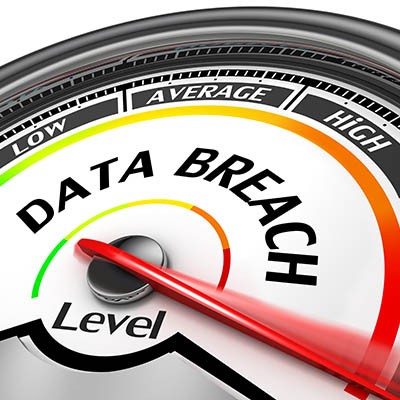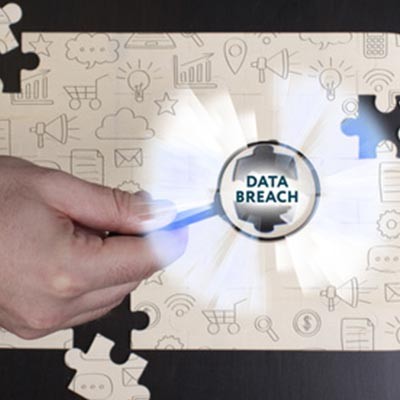The data stored on your computer is valuable, and that’s a fact. Unfortunately, this means that there are unscrupulous characters out there who will want to get at this data, so you will need to have the right solutions in place to protect it. Part of this will require you to have a firewall included in your protections.
BNMC Blog
With most everything having gone digital, most consumers have changed their preferred payment method. Many different factors contribute to credit cards becoming the most used payment. Today, we take a look at why this has become a popular means of payment, as well as weigh the pros and cons of credit cards.
To those who weren’t around BEFORE the Internet became an irreplaceable business tool, it’s almost hard to imagine how businesses operated when this tool didn’t exist. Storing sensitive data has never been such an easy thing to do but at what cost? It is undeniable that the Internet has opened doors for not only us, but criminals as well. Today we discuss how these doors can easily be secured with the implementation of a virtual private network, or VPN.
Let’s face facts: as critical to your security as they are, passwords are kind of the worst. Of course, since they are so critical, you need to make sure all of the ones you use are as secure as possible, so we’ve assembled some practices that may help you tip the scales in your favor. Spoiler alert: the conventional password may not be your first choice for much longer.
Data accessibility has never been easier for both you and your workforce, but how do you know if this convenience isn’t also benefitting cybercriminals? Your mobile device contains a vast amount of sensitive information and files which need to be kept secure. This presents the need for some sort of secure management system, which in the tech world is referred to as Mobile Information Management, or MIM.
A lot has been made recently about cybersecurity, and for many people it has caused them to alter the way they go about doing things. With more people more cognizant of their individual data privacy, and how to combat phishing and other social engineering attempts, you’d think major data breaches would be snuffed out regularly. It only takes one person, however, to fail to be vigilant for it to negatively affect a whole organization.
Running a business is one thing, but it is quite another to protect it from issues and threats. There is a vast assortment of potential obstacles that can pop up during your operations. Likewise, there are many ways that a business needs to be protected, each one as crucial as the last. A few basics include:
Does your business use remote workers? If you currently don’t, you should know that there are several benefits of allowing your staff to work outside of the confines of your office, but you have to be careful. These days, with the threat landscape as it is, it is important that if you are going to allow remote workers, that you have a strategy in place. Let’s take a look at some of the tools you will need if you want to take advantage of remote workers.
Fishing - a jerk on one end of a line waiting for a jerk on the other end.
Phishing - very similar to fishing, but much more consequential.
While the word phishing is humorous and relatable due to it being derived from the word “fishing”, the consequences of falling victim to a phishing attack are far from comical. Today we will discuss just how serious these attacks can be, and the easiest way to prevent them.
The smartphone has quickly become a staple in modern society, as users rely on them to accomplish more and more. You could probably say the same of your own use of it. This means that there are not only huge amounts of smartphones and smartphone users, there is a huge amount of threats out there to target them.
Everyone in a business has set responsibilities that they need to fulfill, one major one being proper security maintenance. A failure to uphold this responsibility could have serious consequences, including the very real potential of a security breach. It could be argued, in fact, that if you aren’t patching your systems, you’re inviting cybercriminals in.
The Cloud. That big, vague entity where a lot of us our entrusting our information has lifted a huge burden off of businesses by alleviating the need for expensive onsite hardware. It makes user management a little more user friendly. It keeps us connected and in communication no matter where we are.
After years of talk about individual data privacy, and years enacting regional laws, the European Union’s flagship individual privacy law, the General Data Protection Regulation went into effect a year ago in May. Suddenly, if your organization does business inside EU member states, you will be under a stringent regulation concerning individual data privacy. Today, we will look at the GDPR and what has changed in the year it has been law.
A decade-old version of Microsoft’s popular database software SQL Server 2008 and SQL Server 2008 R2 is losing support on July 9,2019. If your business hasn’t moved away from the software, you are looking at a few real pressing problems. Let’s take a look at the software and what options businesses that haven’t moved on from SQL Server 2008 or SQL Server R2 have going forward.
Every business has their version of risk management. Nowadays, with all the technology organizations use for productivity, collaboration, and communications, managing risk can often be difficult. There are numerous threats that come from the Internet that could put a damper on productivity, create inefficiencies, or shut down production entirely. Regardless of how large or small your business is, you need to prioritize the security of your computing network.
Data is more of a commodity than it has ever been, and more often than not, companies spend a considerable sum on data security. Unfortunately, even the most well-defended organizations still have trouble keeping data safe. 2018 saw 446.5 million records exposed due to data breaches, even though the overall number of breaches dropped by 23 percent to 1,244 total. We’ll discuss some of the most notable breaches that have happened over the first four months of 2019.






















